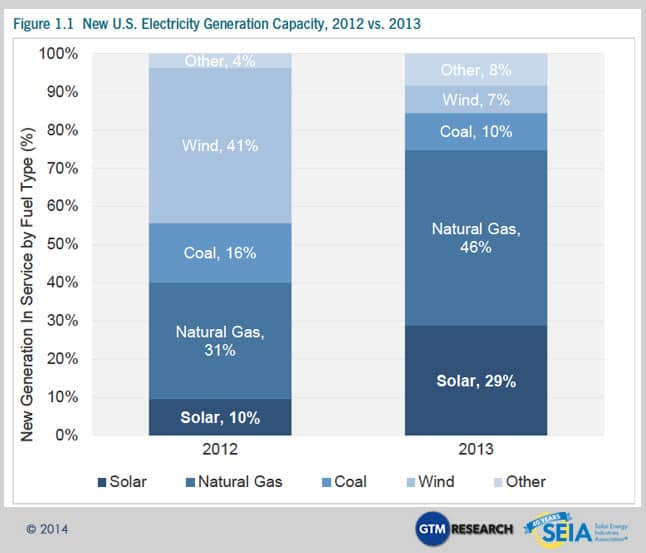As the NHL playoffs continue on into their third week, I figured it would be relevant to discuss the environmental aspect of the game of hockey. With 30 different arenas that all hold around 17,000 people, it would make sense that there would be a noticeable level of emissions coming from hockey arenas. While the level of emissions coming from each arena are relatively sizable, the league is taking various steps to try and improve the ‘greenness’ of their facilities. Fortunately, as opposed to the NFL- which as I mentioned in my last post has very few if any statistics involving their emission levels- the NHL has a comprehensive report detailing the environmental impact of their arenas.
According to the NHL, there are about 406 metric tons of CO2 emissions per game played. Multiplied by the total number of games played in one NHL season- 1,230 combined- and you get about 499,380 metric tons of CO2 emissions per season. That is an absolutely large number, however when you think about the number of people that the league serves in just attendance at the arena itself, it makes a bit of sense. However, there are still plenty of ways that the league can improve their ways. In the report, the NHL describes the many ways that energy is demanded at a game. These include: refrigeration, humidification systems, concessions, heating/ventilation/air conditioning, lighting, and media displays throughout the venues. When you really take a look at what the NHL does every night, it is clear that they are not the most environmentally friendly sport around.
There is, however, definitely something to be said about the level of transparency that the NHL has with it’s fans regarding their sustainability efforts. Not many organizations in anything have the level of in depth statistics that they do, and in many ways it is beneficial for this information to be available for the betterment of our society.
While there are definitely some problems, it is clear that the league is taking various strides in creating more environmentally friendly facilities. Since 2011, the league has worked with various outside groups to save over 20 million gallons of water. Considering the amount of water that is needed to freeze the ice alone, as well as provide proper plumbing and cooling, it is very impressive that they have been able to succeed to this level. In addition, the league also has a LEED certified arena in Pittsburgh, and will add two more when the Islanders move to the Barclays Center next season and the Oilers move into their newly built arena in 2016.

Above: Consol Energy Center in Pittsburgh
While there are absolutely a lot of problems in the overall energy usage that the NHL puts out, it is clear that they are making strides and setting an example for other sports leagues. In my next blog post, I will discuss the environmental impact of sports teams’ travel.
Source: http://www.nhl.com/green/report/#environmentalImpact





